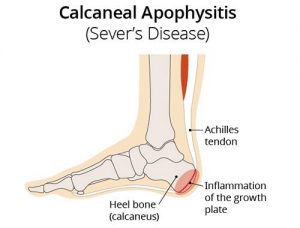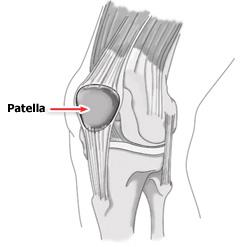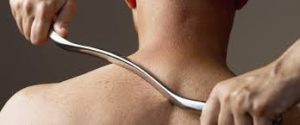 The temporomandibular joint works as a combination of hinge and sliding actions. It connects the jawbone to the skull on each side of the face. The parts of the bones that interact in the joint are covered with cartilage and are separated by a small shock-absorbing disk, which normally keeps the movement smooth. Temporomandibular joint disorder (TMJD) can cause pain in your jaw joint and in the muscles that control jaw movement.
The temporomandibular joint works as a combination of hinge and sliding actions. It connects the jawbone to the skull on each side of the face. The parts of the bones that interact in the joint are covered with cartilage and are separated by a small shock-absorbing disk, which normally keeps the movement smooth. Temporomandibular joint disorder (TMJD) can cause pain in your jaw joint and in the muscles that control jaw movement.
Symptoms
- Pain in one or both of the temporomandibular joints
- Difficulty or pain chewing
- Locking of the joint, making it difficult to open or close your mouth
- Clicking sound or grating sensation when you open your mouth or chew
Causes of Temporomandibular Joint Disorder
Painful TMJ disorders can occur if:
- The disk erodes or moves out of its proper alignment
- The joint’s cartilage is damaged by arthritis
- The joint is damaged by a blow or other impact
In many cases, however, the cause of TMJ disorders is unclear.
Treatment of Temporomandibular Joint Disorder
In some cases, the symptoms of TMJ disorders may go away without treatment. Some of the following may also help.
Medications
- Pain relievers and anti-inflammatories. These can help relieve pain and inflammation.
- Muscle relaxants. These can help relax the jaw muscles.
Therapies
Nondrug therapies for TMJ disorders include:
- Oral splints or mouth guards. These devices worn at night while sleeping can help prevent grinding of the teeth.
- Physical therapy. Deep tissue massage work on neck and jaw muscles can be beneficial along with certain rehabilitation exercises.
- Education. Education can help you understand the factors and behaviors that may aggravate your pain, so you can avoid them. Examples include teeth clenching or grinding, eating foods where you have to open the jaw wide like apples and burgers.
When conservative treatments fail, the following may be considered:
- Arthrocentesis. This is a minimally invasive procedure that involves the insertion of small needles into the joint so that fluid can be irrigated through the joint to remove debris and inflammatory byproducts.
- Injections. In some people, corticosteroid injections into the joint may be helpful. Infrequently, injecting botulinum toxin type A (Botox, others) into the jaw muscles used for chewing may relieve pain associated with TMJ disorders.
- TMJ arthroscopy. A small thin tube is placed into the joint space, an arthroscope is then inserted and small surgical instruments are used for surgery. TMJ arthroscopy has fewer risks and complications than open-joint surgery does, but it has some limitations as well.
- Modified condylotomy. Modified condylotomy addresses the TMJ indirectly, with surgery on the mandible, but not in the joint itself. It may be helpful for treatment of pain and if locking is experienced.
- Open-joint surgery. If your jaw pain does not resolve with more-conservative treatments and it appears to be caused by a structural problem in the joint, your doctor or dentist may suggest open-joint surgery (arthrotomy) to repair or replace the joint. However, open-joint surgery involves more risks than other procedures do.
For some handy self treatment tips, check out this video https://youtu.be/7b73yE0U2t0
Tmj manipulation video
Check out our website and feel free to contact us to discuss your condition or to set up an appointment.



